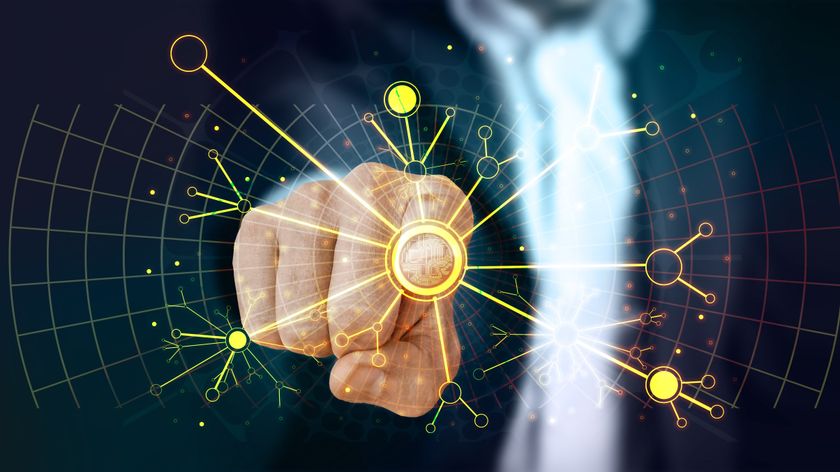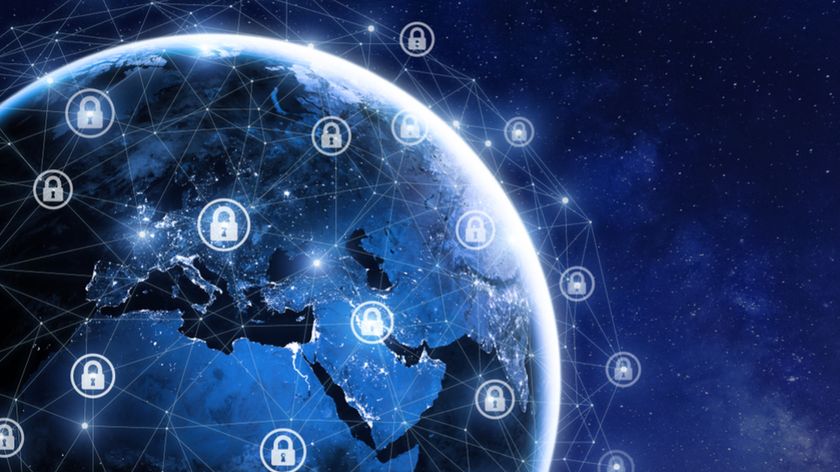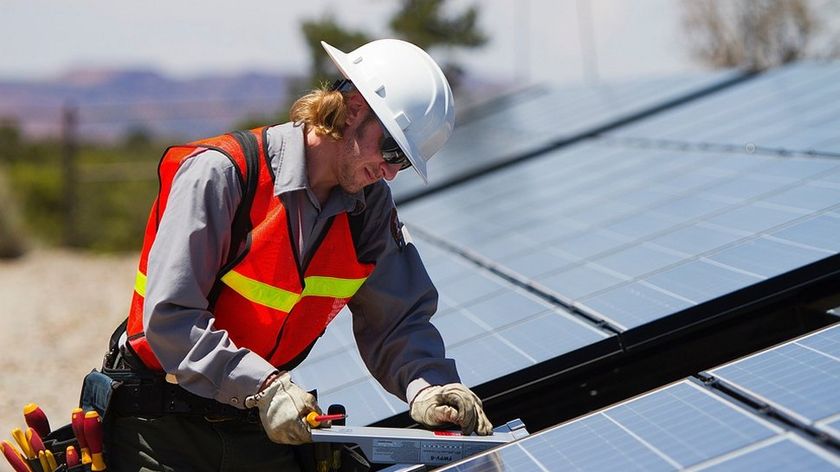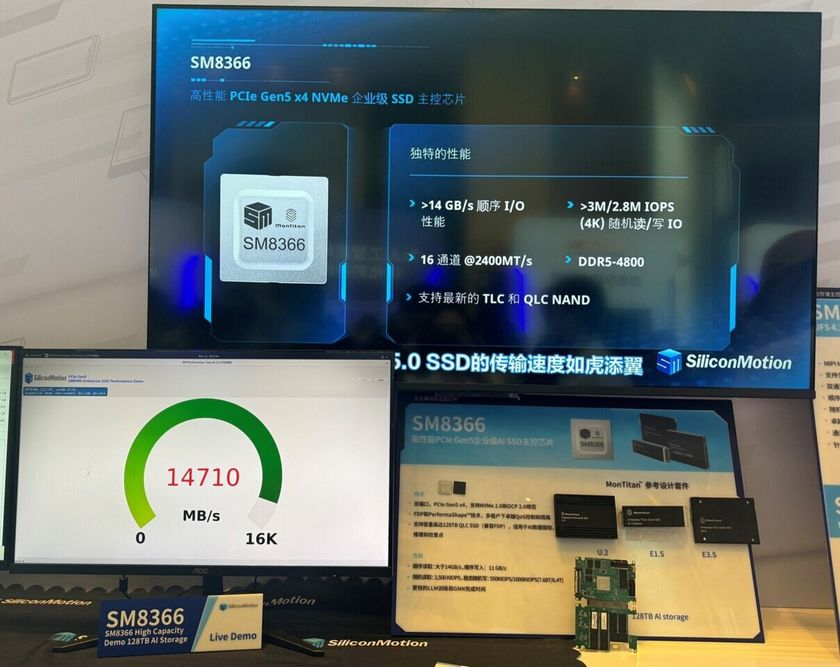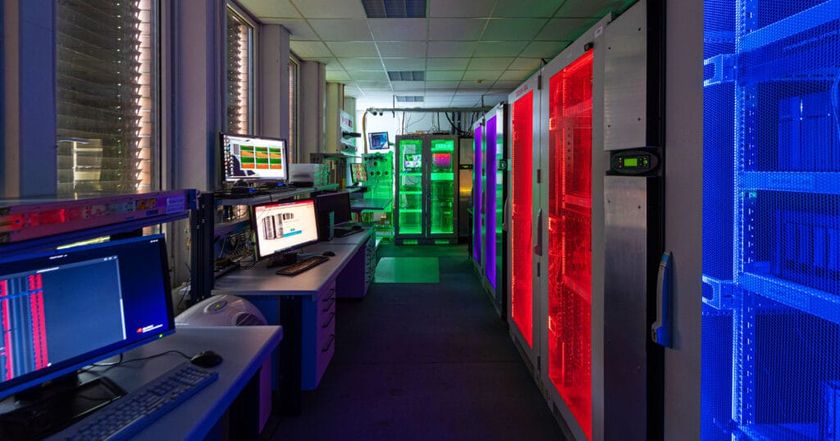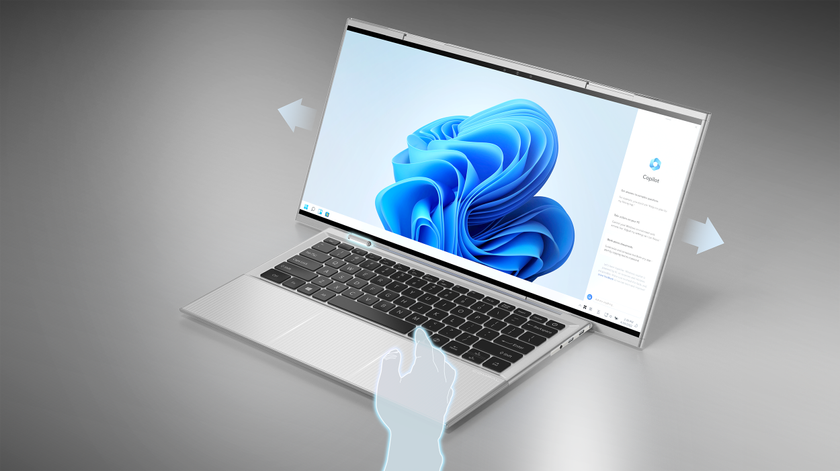The risky side of smart connected energy
Ensuring the smooth rollout of smart energy
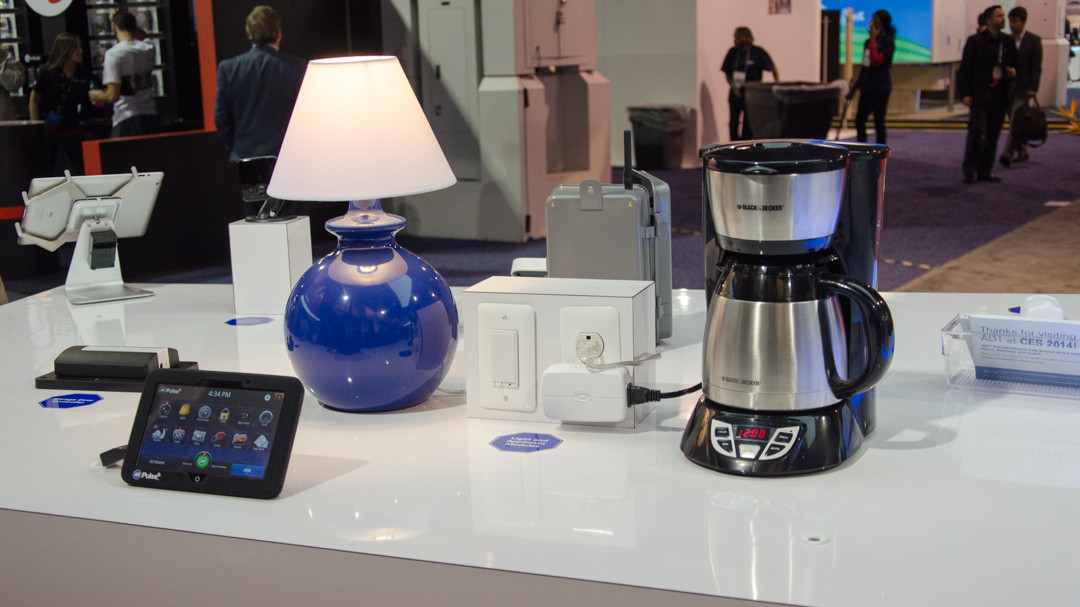
Connected, smart devices will become the bond between the energy industry and its customers. How can energy suppliers ensure a smooth rollout and happy customers?
We caught up with Angus Panton, Director of Power and Communications at software quality specialist SQS Group Ltd, to find out more about M2M communications in the utilities market and how the sheer scale and importance of successful rollouts means that quality must not be compromised.
TechRadar Pro: What are the major M2M initiatives that energy companies are focusing on?
Angus Panton: According to Vodafone's latest M2M barometer report "smart utilities" will be a major market – 20% of utilities and energy firms have now adopted smart grid and smart metering systems, and 17% have also introduced smart home and office offerings — a category that includes home automation, intelligent heating, and connected security systems.
The emergence of remote and automatic central heating control from smart mobile devices is the first sighting of the type of set-and-forget technology that promises to abound in the energy sector in the next decade.
Computer-controlled thermostats – such as Hive, Nest and tado – enable consumers to manage their energy costs with the level of convenience that has fuelled the explosion in mobile commerce for energy suppliers.
Further, M2M growth in energy will get a powerful spur from the smart metering implementation. In the UK, replacing 53 million conventional domestic power and gas meters in about 30 million premises by 2020 will be Britain's biggest home energy technology change for more than 40 years.
Are you a pro? Subscribe to our newsletter
Sign up to the TechRadar Pro newsletter to get all the top news, opinion, features and guidance your business needs to succeed!
TRP: What are the major risks in a smart home or smart metering project?
AP: Like other areas in the new world of M2M, there are various technological and regulatory hurdles that carry risk for energy suppliers entering the market. Negative consumer sentiment is a big risk that will affect take up of smart meters.
Should the security of the system be breached or the installation fail to fulfil performance claims then consumers may lose trust and that can have a huge impact on energy providers' revenue streams. Equally, if a smart energy device is not fit for purpose or even difficult to use, this will reflect upon the energy supplier's reputation.
The need to hit rollout targets set by regulators and government will put additional pressure on energy suppliers in the smart metering rollout.
TRP: What are the main technology challenges when rolling out smart metering programmes?
AP: Utility companies already have plenty on their IT agendas, in particular modernising CRM and billing systems as well as many operational and provisioning systems. Smart metering adds many more challenges, not least integration with core systems, communications, security and usability.
Arguably, the volume of metering information flowing as a result of the smart metering programme will be the first 'big data' challenge. Managing this metering data and the rollout will involve upgrades to utility companies' information technology including changes in data warehousing, ERP systems, asset management, job scheduling and handheld devices.
TRP: What can energy providers do to keep up with the pace of change in the fast moving M2M market?
AP: The degree to which utilities have confidence in the technology will be a crucial influence on the rate of expansion in their deployment of connected devices in energy.
Naturally, as M2M is a disruptive technology, it needs a robust quality assurance strategy.
As with other industries, there is already a drive to adopt agile development as well as "shift quality left", by conducting testing as early as possible in the software development cycle to identify defects earlier and reduce the cost of development.
Ultimately, the pace of rolling out connected devices in the energy sector will depend on how closely energy suppliers can come to combining flawless performance with effortless usability and impregnable security.

Désiré has been musing and writing about technology during a career spanning four decades. He dabbled in website builders and web hosting when DHTML and frames were in vogue and started narrating about the impact of technology on society just before the start of the Y2K hysteria at the turn of the last millennium.
